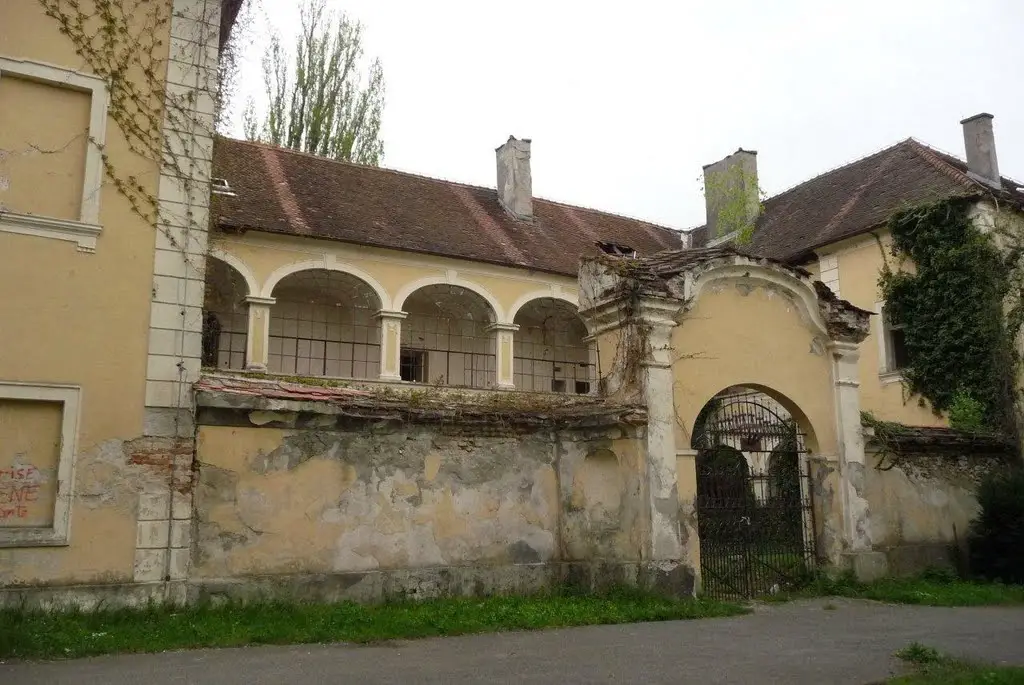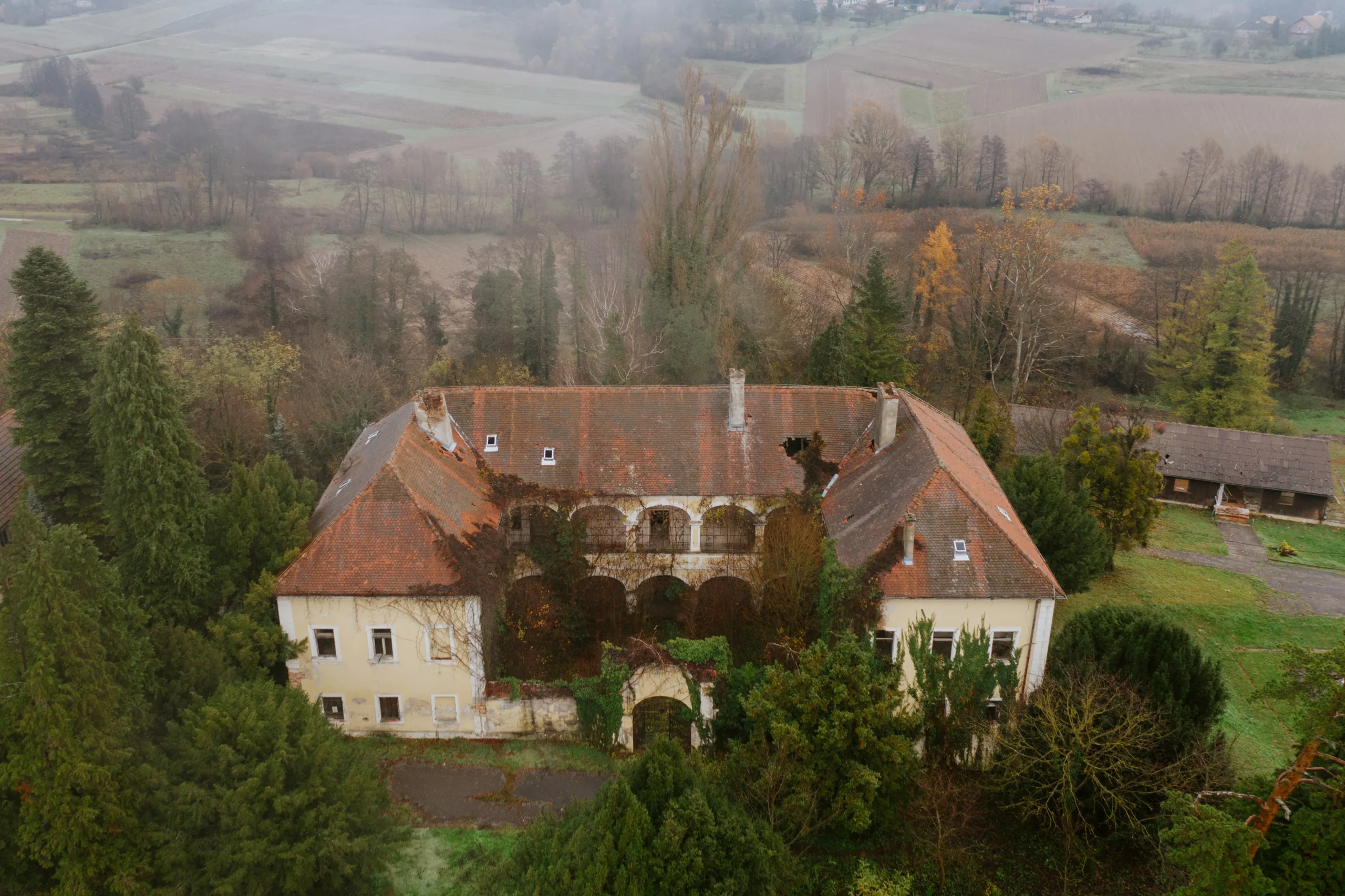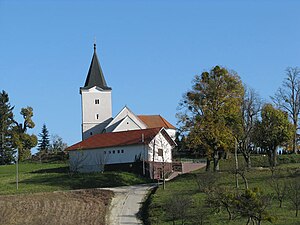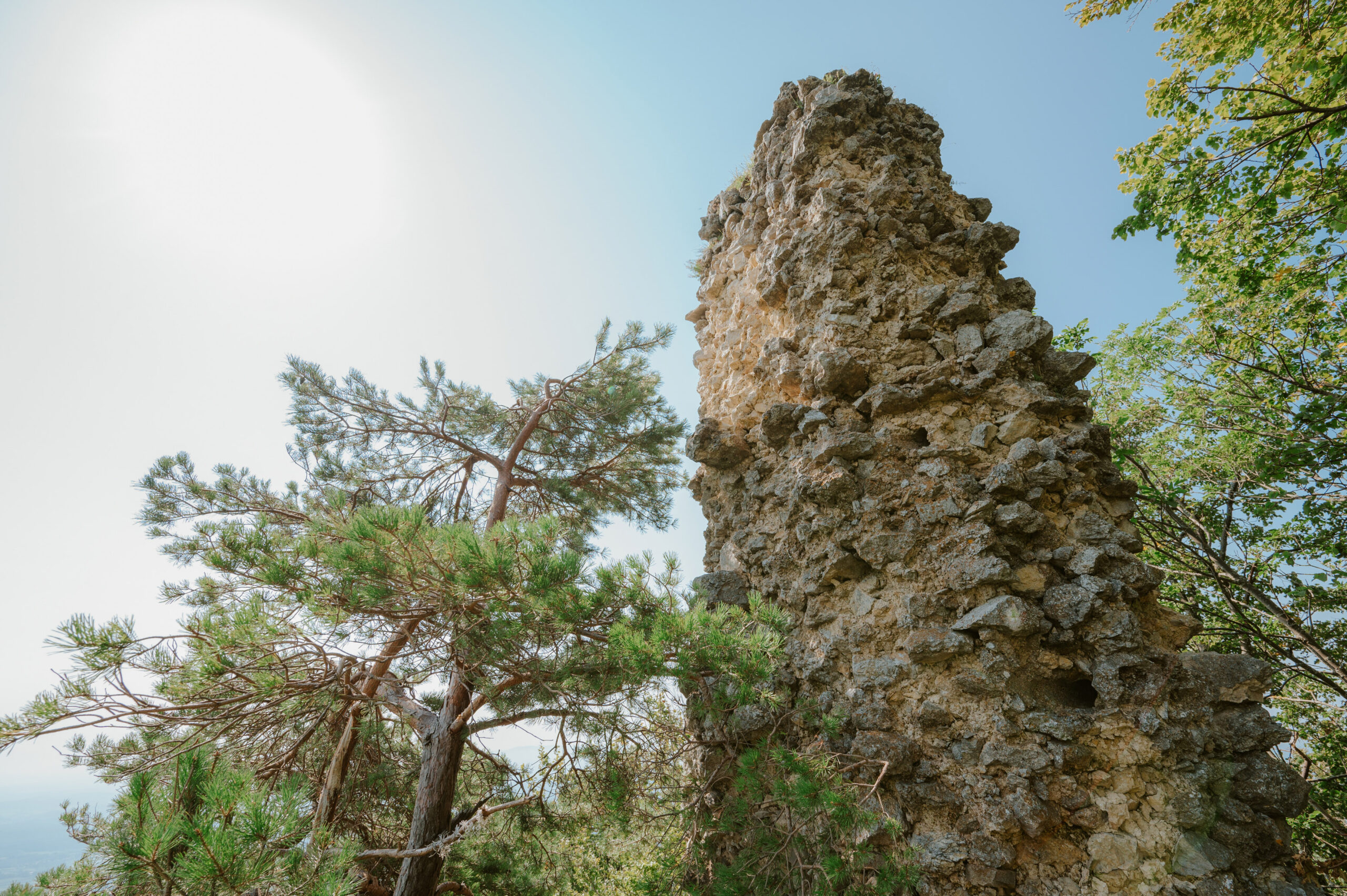The oldest known member of the family was Nikola Patačić, who in 1536. In 2001, he married Katarina Herkffy and by her possession Milengrad or Zajezda took the title ‘de Zajezda’, which the Patačićs kept until their disappearance from history.
The official owners of the estate became the king’s deed of gift 19 years later, only to be given to them by King Maximilian II. He renewed his predecessor’s deed of donation in 1562. age. The nobility was confirmed in 1608. age.
The Patačić family began to become rich during the time of Nikola’s great-grandson Stjepan, who was the pronator of the Kingdom of Slavonia and regent of the Ban’s honor. The most famous member of the family was Balthazar II, Stephen’s grandson, whom King Joseph I appointed baron at the beginning of the 18th century and appointed as prefect of Virovitica County and donated estates in Vrbovec and Rakovac, once the property of the Zrinski family. His three sons were later awarded the title of counts, and one of them later became a bishop, while the other became an imperial advisor and the owner of several places in the vicinity of Zajezda, Martijanac and Vrbovec.
The last member of the family was Count Bartol Patačić, who died in 1817. He will be remembered for selling Zajezda and several other estates at the end of his life with the intention of establishing a foundation with part of the money to help serfs in need, which his wife Eleonora did in her will. The estates from the will were sold to the Erdödy, Ožegović, Kirović family and the city of Varaždin.
Today’s Zajezda Castle was built around 1740. In 2001, the Patačićs left the medieval fortress of Milengrad, at the foot of the southern slopes of Ivanščica. According to the type of construction, the castle belongs to the open late Baroque type, which is mostly attributed to the architect from Styria, who also built the castle. The structure has three wings, and the fourth side is closed by an entrance wall with a Baroque portal. Between them there is a courtyard, while the main hall is located on the first floor. The façade is rich in arcade window openings, and at the end of the north side wing there is a castle chapel, which was once adorned by the altar of St. Peter. St. Paul’s Church in Zagreb. Brand. Today, this altar is kept in the Historical Museum in Zagreb. There is also a small park in front of the castle, but now there are only a few spruce and oaktrees there.
Early 19. The castle was bought by the noble Family Kanotay, and later became the property of Oršić and Halper. The castle was partially renovated in the early 1980s, and a few years later it was damaged by an earthquake and has since been left to oblivion and ruined appearance.
In addition to castles, Patačići also built chapels in churches in Zajezda, Belac, Lepoglava and Remetinec near Novi Marof.



Retrieved from: https://www.putovnica.net/plus/hrvatska-bastina/dvorac-patacic-u-zajezdi




